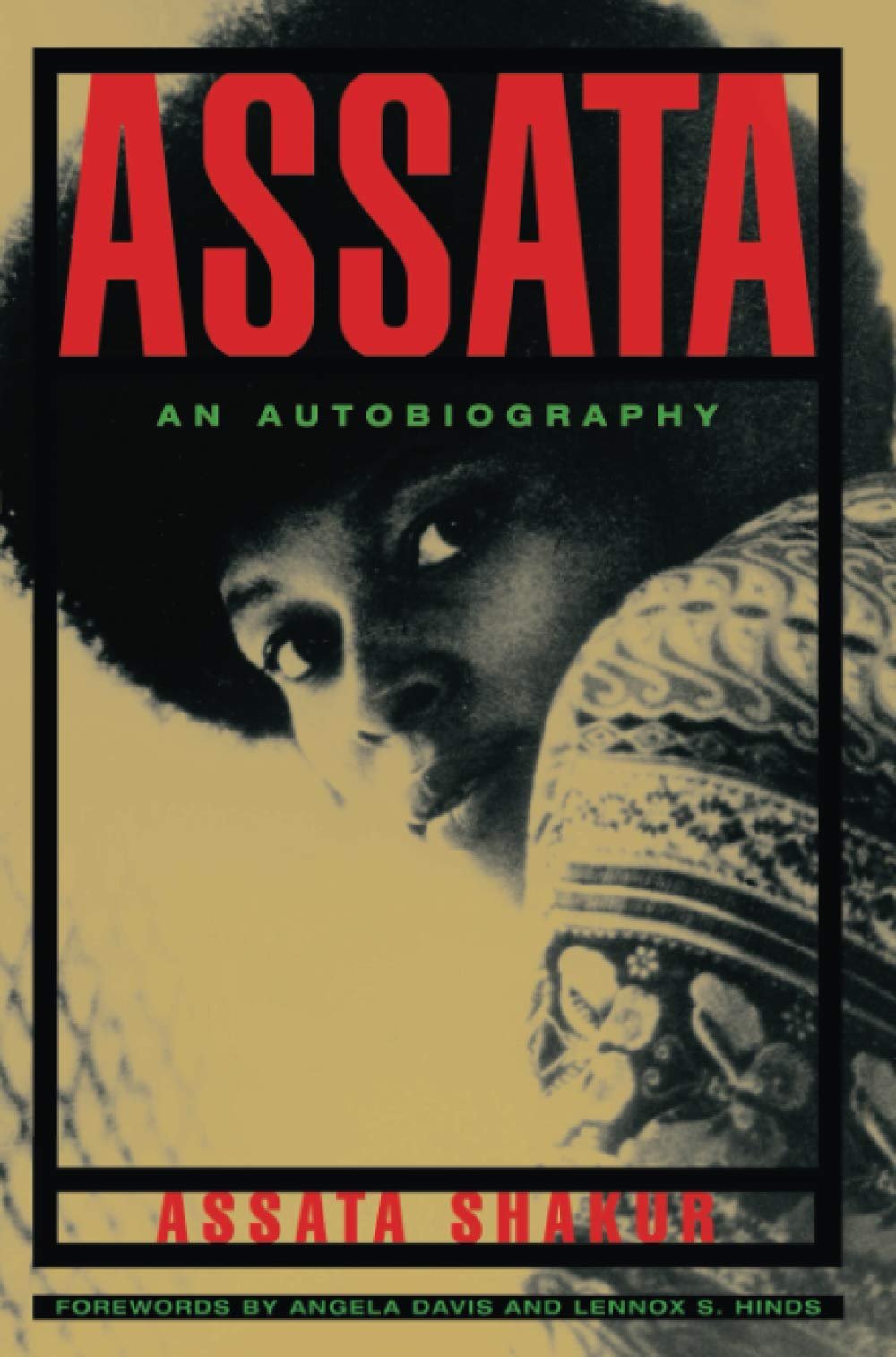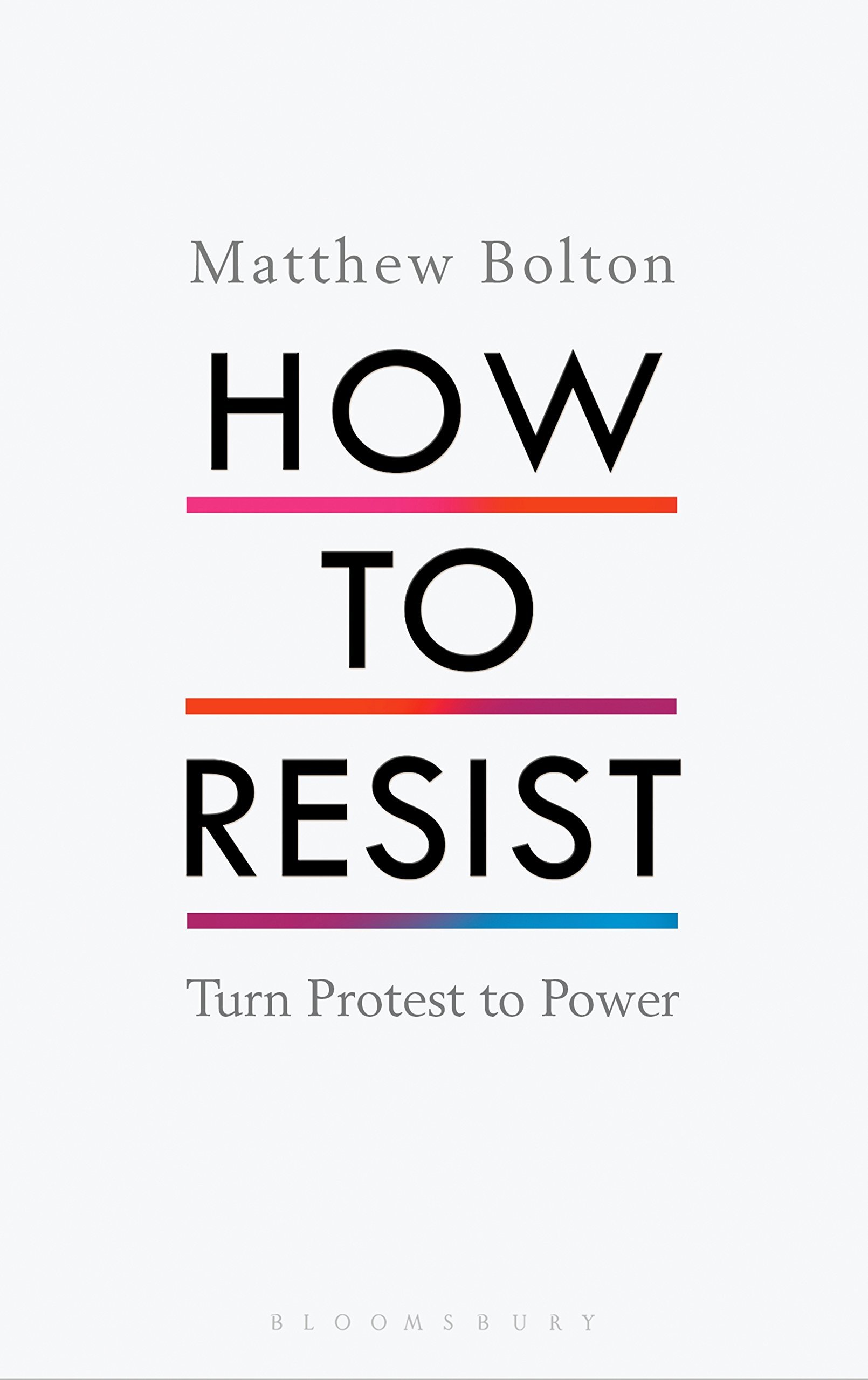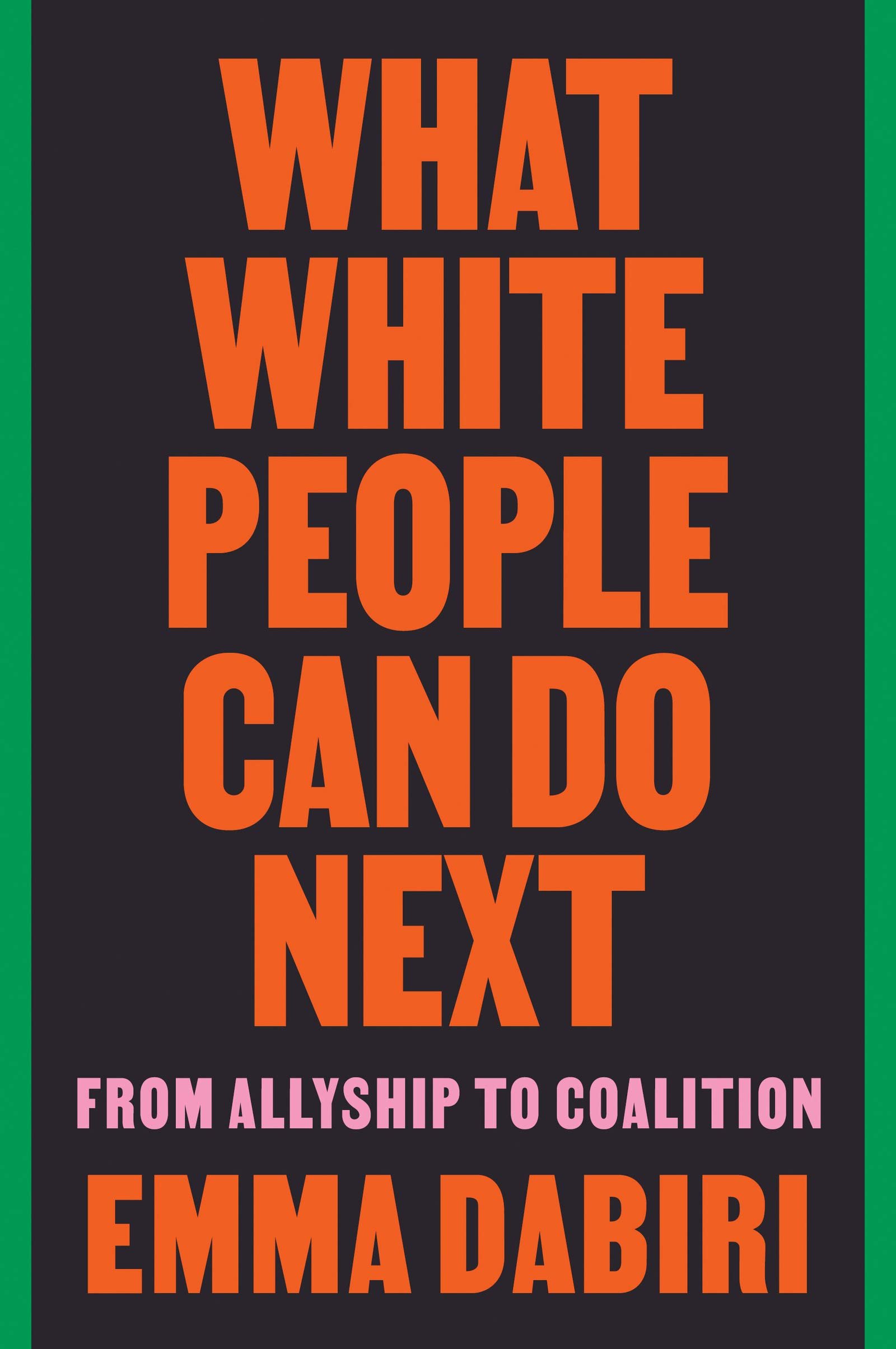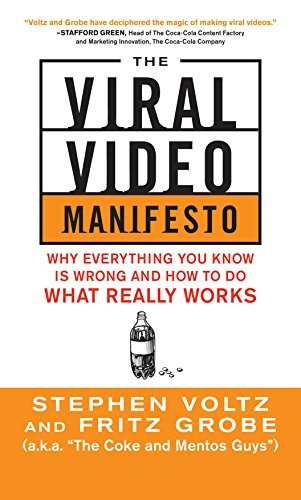We’re excited about this edition of Rally Reads.
What is Rally Reads!? It’s a series of blog posts where we ask the people who’ve had the biggest impact on us to share the books, documentaries, articles or films that have had the biggest impact on their careers and their thinking. And to explain why.
This edition features India Thorogood. India is a legend in our eyes.
She’s a campaigner with a decade of experience using people power to create change. She was Head of Membership Mobilisation in Labour’s 2019 General Election campaign. She’s worked on successful campaigns against corporate giants at Greenpeace and has advised around 30 non-profits as a consultant.
We’re lucky enough to get to work with India from time to time on client work and we’re always blown away by her skills. And it’s always good fun.
When we asked India to write this, we thought she might tell us to get in the bin. We’re glad she didn’t. Enjoy. We just know you’re going to love it.
Let me be blunt: you don’t need to read any books to be a good campaigner. But learning from those that came before can help you avoid failure and build a winning strategy. Over the last decade I’ve looked for inspiration and information from the people around me and from movements across the world. But when I’ve had time, I’ve read a few books which have helped me learn more about effective organising and communicating. I hope they help you to reach victory, because as everyone from nurses to charity workers heads out on strike – it’s urgent that we use people power to change this country.
Assata, Assata Shakur
For inspiration to keep fighting and tips on sustaining a movement.
I am constantly inspired by the Black Panthers because they created a powerful movement to defend black communities, while uniting and empowering the working class as a whole. Oh and they did it with the entire US establishment after them! The Panthers worked with everyone from the student movement to street gangs by using the same clear demands for a better country. Alongside gaining inspiration from Assata’s story, I’d recommend reading Fred Hampton speeches to get a crash course on using your words to organise and mobilise. Hampton said “there’s power everywhere there’s people” and it is up to us to prove that today.
How to Resist, Matthew Bolton
For how to help communities lead their own campaigns and create campaign actions that work.
Anyone who has worked with me will know I’m all about getting to the point when it comes to writing and this pocket size book does that. Matthew Bolton highlights key community organising techniques he used at Citizen’s UK. He brings each of his points to life with clear examples from campaigns, like their successful fight to win the living wage for cleaners. I rate his description of key components of a campaign action, listing tension as one key factor which makes your target closer to giving in to your demands. Campaigning should often be uncomfortable: be brave and make your opposition feel your power.
Twitter and Teargas, The power and fragility of networked protest, Zeynep Tufekci
For inspiration on using digital tools to build movements and organise protests.
I cut my teeth in organisations pioneering digital campaigning. I love that the internet has given all of us the ability to quickly expose those in power, no matter if we have money or connections. But I am keenly aware of the limits of centering “digital” over all else. Tufekci’s stories show that it has given new speed and strength to strategies used for many years. We heard the Arab Spring described as a ‘Twitter revolution’ and it was never going to be as simple as that. This book tells the incredible stories of the Tunisian Facebook page which inspired a revolutionary movement, the Twitter page which organised emergency protest supplies and beyond. While these stories hold much inspiration, the way in which much of this hope was extinguished is a challenge to us all to strive for long lasting change.
What White People Can Do Next, Emma Daibri
For how to really fight racism and unite all kinds of people for change.
This is another short and punchy book that gets to the point quickly. Daibri challenges us to remember that the idea of a “white race” is made up. Just as the existence of race is a narrative designed to oppress black people, it’s our responsibility to build a narrative that unites racialised people with those of us who are not. Much like the Panthers, Emma challenges us to unite - for example today’s climate movement to work alongside anti-racist movements. Like another person that inspires me, Anat Shenker-Osorio, she argues that we can only win by tackling this issue head on and uniting together with the same demands for a better world. We are all being held back by the same powerful politicians, companies and economic system: so let’s say it.
The Viral Video Manifesto, Stephen Voltz and Fritz Grobe
It seems counterintuitive to read a book to understand viral videos, so let me summarise the main points for you. Then you can get back to watching funny videos instead. Voltz and Grobe point to four core principles of viral video:
1. Be true
2. Don’t waste our time
3. Be unforgettable
4. Ultimately, it’s all about humanity.
Even as the platforms and algorithms change, many of today’s ‘viral’ videos have a lot in common with the very first videos that garnered millions of views on Youtube - from Charlie Bit My Finger to Sneezing Baby Panda. A lot of non-profits could learn a lot from mimicking the explosive coke and mentos video in their own way: when it comes to social media, stop with the build up, and get to the explosions.
We told you it would be good.
We want to repeat that last line one more time: ‘A lot of non-profits could learn a lot from mimicking the explosive coke and mentos video in their own way: when it comes to social media, stop with the build up, and get to the explosions.’
Thanks India!
And if you don’t get the coke and mentos reference. Here you go.






